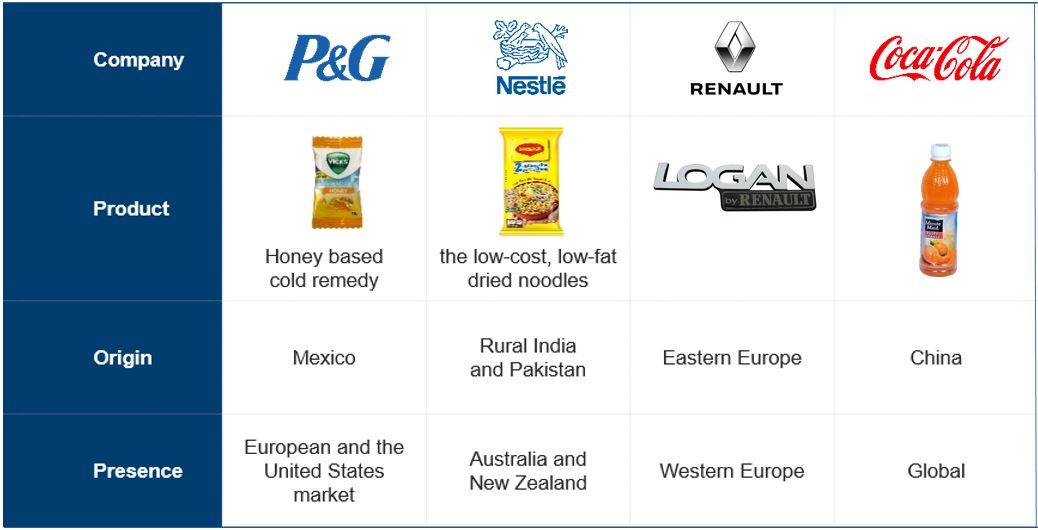How businesses can profit from reverse innovation
Published on 01 Apr, 2020

Reverse innovation has gained popularity over the past few years. Due to its growing relevance, conglomerates are looking to enter emerging markets. They believe leveraging the disruptive approach will not only facilitate entry but also help them increase profits. In developing countries, it is not easy to identify the needs and then plug the gap correctly; however, certain well-known companies have managed to accomplish this using reverse innovation.
Reverse innovation refers to the process whereby technologies developed as a solution for a specific problem in an emerging country are later on adopted by the Western countries as well. Many conglomerates are now aiming to enter emerging markets using reverse innovation to plug an existing gap; this disruptive approach can help companies increase profits.
Is there a set route that companies can follow to carry out reverse innovation?
Though there is no defined route, companies looking to focus on reverse innovations can pay attention to:
- Customer need – Companies must focus on developing products “in-country, for country.” The main characteristic of reverse innovation is decentralization. The company looking to innovate must go to the base level and learn about the local and low-end aspects, so that innovation is in line with customers’ requirement. Thereafter, it can be adjusted for the main market.
- Talent – It is cost-effective to have maximum resources from the local market, as their knowledge of culture is helpful. These teams must be given decision-making authority to choose which products to develop, how to make, sell, and service them.
- Support – The parent company must support the local innovation processes through resources, research or any other aid that may be required. Funding is important for any innovation and the parent company must ensure the required financial support is provided.
- Globalization – Once tested and proven successful, the innovation or new solution can then be taken to other countries as well, including developed countries. This may involve pioneering new applications, establishing lower price points, and even restricting own higher-margin products.
However, reverse innovation can also happen accidentally.
An example of accidental reverse innovation is the sports drink Gatorade. During a cholera outbreak in Bangladesh, diarrhea was rampant among people. The locals were given a drink containing carbohydrates to treat it. The other ingredients included coconut water, carrot juice, rice water, carob flour, and dehydrated bananas. The treatment worked, much to the surprise of doctors in the West. The formula was applied with some changes to a drink owned by Pepsi Co—it is immensely popular now among sportspeople as it helps in quick rehydration.
Identifying need in emerging countries to develop business
It is not easy to identify the gaps in emerging markets. Due to low income levels and, consequently, lower purchasing power, emerging countries do not have access to high quality, superior products available in developed countries. Hence, individuals make do with existing solutions that may not be of the best quality or meet the requirement completely. Zeroing in on the exact problem for which solutions are needed, with the help of in-depth research, paves the way for reverse innovation.
Once the innovation takes place, it must be first established and accepted in the home market. Thereafter, its requirement in other markets can be tested to see if it can become a profitable venture. Reverse innovation is usually lucrative for companies if there is latent demand for the offering. The demand remained unmet either because the customer base was too small to justify research and development, or there was a product that only met the need partially. If the innovation is truly disruptive, it will find market for itself.
Companies that have successfully managed reverse innovation

As the above figure shows, these prestigious companies have not only managed to plug the gap but in the process also created a global brand.
Needs and opportunities for reverse innovation can be successfully identified with the help of a research and consulting company like Aranca. We have the expertise and regional knowledge to identify the unmet needs in a region.
For this, we do scouting, which entails conducting in-depth research to identify/understand the lack of innovations or solutions under development for any selected region. After identifying datapoints, we do a detailed analysis to ascertain the feasibility of introducing a new technology for plugging gaps in the market. This could be in any sector, ranging from sports, entertainment, consumer electronics to home care.
There is no dearth of possibilities when it comes to innovating for improving lives. With the help of technology scouting, we can identify the right target and channelize our efforts accordingly.
